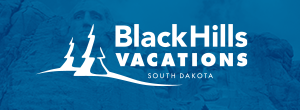A Walk Thru History of the Black Hills
This 4 night, 3 day itinerary focuses on the great history and museums of the Black Hills. Our local travel specialists recommend that the average traveler plan on choosing approximately 2 to 3 planned activities a day. Also think about a few additional activities you might like to visit while you’re in the area if you find you have extra time. Give yourself some time to explore the local communities and its varied shops, eateries and more.
Day 1: The Northern Black Hills Day 2: Central Black Hills Day 3: Southern Black Hills
To book your History of the Black Hills Road Trip, simply click on the links below to find out more information about each activity. After deciding on which activities are best for your group you can put in your travel dates on each activity page and add each item to your shopping cart.
Book Your Black Hills Lodging
We have a wide variety of lodging options for you to choose from. Whether you decide to use one location as your base camp or move around, we have something for everyone. Choose from hotels & motels to campgrounds & rv parks to cabins and vacation rentals. Click on the links below to find the perfect location for you!
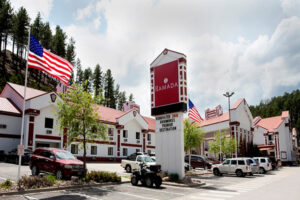
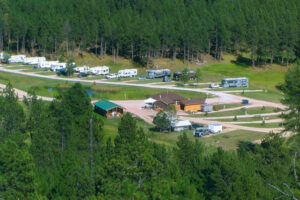
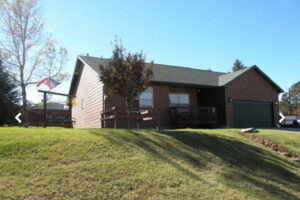
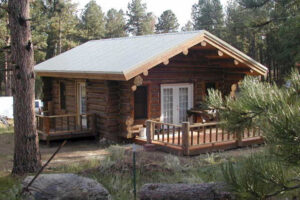
Day 1: The Northern Black Hills
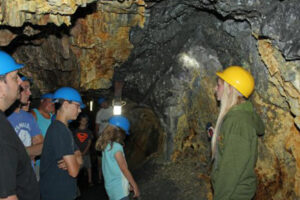
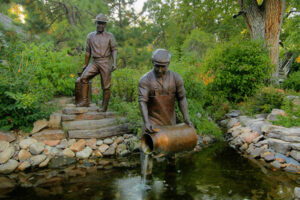
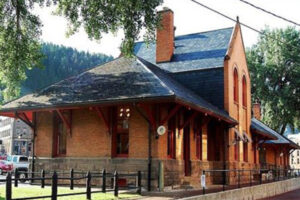
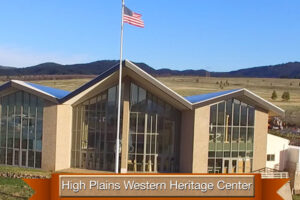
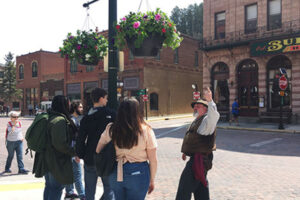
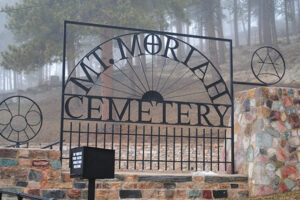
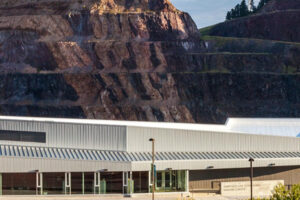
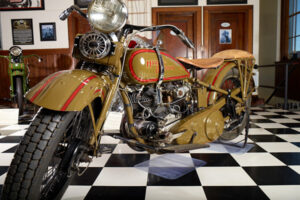
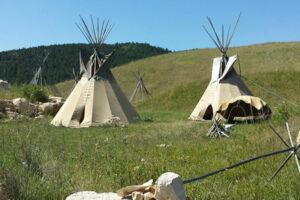
Additional Northern Black Hills Activities to Consider
Adams Museum: Deadwood’s Adams Museum is the oldest history museum in the Black Hills and ranks #3 among True West magazine’s 2009 Top 10 Western Museums. Artifacts and displays from Deadwood’s historic past reflect the powerful legends of infamous characters like Wild Bill and Calamity Jane. See many other original artifacts from Deadwood’s colorful history. From a one-of-a-kind plesiosaur, the Thoen Stone and W.E. Adams’ love letters to a lively folk art collection, Lakota bead and quill work and Potato Creek Johnny’s gold nugget; the Adams Museum exhibits capture the mysteries, the tragedies, the bawdiness and the dreams found in the history, art and natural history of the Black Hills.
Days of 76 Museum: The Days of ’76 began as a way to honor Deadwood’s first pioneers – the prospectors, miners, muleskinners and madams who poured into the Black Hills in 1876 to settle the gold-filled gulches of Dakota Territory. Since the first celebration in 1924, the Days of ‘76 have grown into a legendary annual event with a historic parade and award-winning PRCA rodeos. The Days of ’76 museum began informally, as a repository for the horse drawn wagons and stage coaches, carriages, clothing, memorabilia and archives generated by the celebration. Today, the new 32,000-square-foot museum is home to the largest collection of horse-drawn vehicles in the state, the Clowser collection of Old West Pioneer and American Indian artifacts, an extensive firearm collection, archives and photos.
Historic Adams House: The Historic Adams House was built in 1892 by Deadwood pioneers Harris and Anna Franklin. Local contemporary press described the home as “the grandest house west of the Mississippi”. The elegant Queen Anne-style house heralded a wealthy and socially prominent new age for Deadwood, a former rough and tumble gold mining town.
Day 2: Central Black Hills
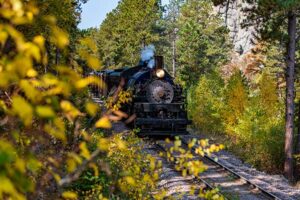
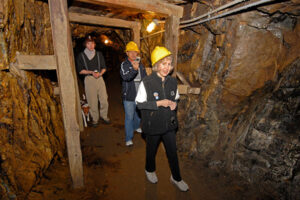
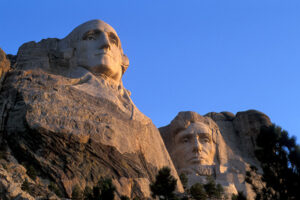
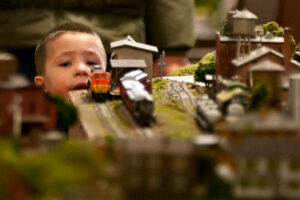
Additional Central Black Hills Activities to Consider:
Journey Museum: The Journey Museum & Learning Center brings together four major prehistoric and historic collections to tell the complete story of the Western Great Plains – from the perspective of the Lakota people and the pioneers who shaped its past, to the scientists who now study it. Interactive learning experiences such as the Wells Fargo Theater, Paleontology Tent and Learning Lab give you the chance to learn and play every day!
Museum of Geology: The Museum of Geology is located in the heart of the Black Hills, in Rapid City, South Dakota, on the campus of the South Dakota Mines, on the third floor of the O’Harra Building. The museum features mounted skeletons of dinosaurs, mammals, marine reptiles, and fish! Dozens of rare fossils from the White River Badlands are arranged in time-specific dioramas. Our mineral displays include the Hall of South Dakota Minerals, meteorites, and a fluorescent mineral room that’s sure to fascinate.
Rushmore Borglum Story: Venture into the world of Gutzon Borglum, the sculptor of Mount Rushmore, from the blasting of the stone to the grandeur of the “Seated Lincoln.” The Borglum Story will enable children and adults to step back in time and become part of the carving years. On the tour you will meet the artist, his family and the famous people who were his friends. Stand alongside the full-sized eye of Lincoln, an exact replica of the eye on the mountain. Step back in time as our exclusive film, narrated by Senator Tom Daschle, takes you and Borglum to the top of the monument on the cable car. Visit the museum to get the full Rushmore experience, and explore his other accomplishments. Discover what motivated Gutzon Borglum and why he began at age 60 what men half his age wouldn’t attempt.
SD Air and Space Museum: The South Dakota Air and Space Museum is an aviation museum located in Box Elder, South Dakota, just outside the main gate of Ellsworth AFB. It is dedicated to the history of the United States Air Force, the base and aerospace in South Dakota.
Day 3: Southern Black Hills
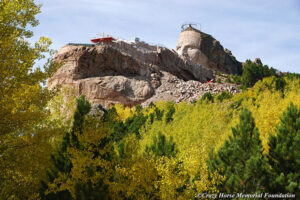
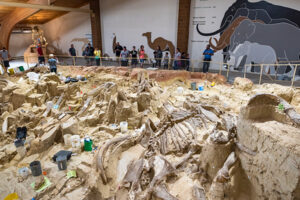
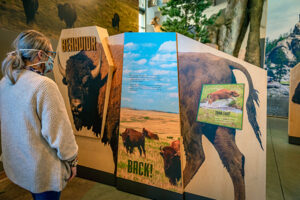
Additional Southern Hills Activities to Consider:
1881 Courthouse Museum: an American historical museum located in Custer, South Dakota. The museum is housed in the original Custer County Courthouse which served as a center for government in Custer County and the Dakota Territory from 1881 to 1973. In November 1972, the 3-story red-brick courthouse was designated a historic site by the U.S Department of Interior. Following completion of a new courthouse located across the street, the original building was given to the Custer County Historical Society in 1973. The museum houses exhibits about the Lakota Native American culture, the 1874 expedition of George Custer, and the lives of Victorian-era settlers in the Black Hills and Dakota Territory.
Jewel Cave National Park: Immerse yourself within the third longest cave in the world. With over 200 miles of mapped and surveyed passages, this underground wilderness appeals to human curiosity. Its splendor is revealed through fragile formations and glimpses of brilliant color. Its maze of passages lure explorers, and its scientific wealth remains a mystery. This resource is truly a jewel in the National Park Service. Frank and Albert Michaud, two local prospectors, discovered the cave in 1900, when they felt cold air blowing out of a small hole in a canyon. It is unknown whether any previous inhabitants of the area were aware of the natural cave opening, which was not large enough for a person to enter. After enlarging the cave entrance with dynamite, the Michaud brothers found a cavern lined with calcite crystals, which led them to name it “Jewel Cave”.
Wind Cave National Park: Wind Cave National Park is in the southwestern corner of South Dakota. It’s known for the vast, underground Wind Cave, with chambers like the Post Office and the Elks Room. Many of the cave’s walls are rich in honeycomb-shaped calcite formations known as boxwork. The park’s prairie and pine forests are home to bison, elk and pronghorn antelopes. Established on January 3, 1903 by President Theodore Roosevelt, it was the seventh national park and the first cave to be designated a national park anywhere in the world.
